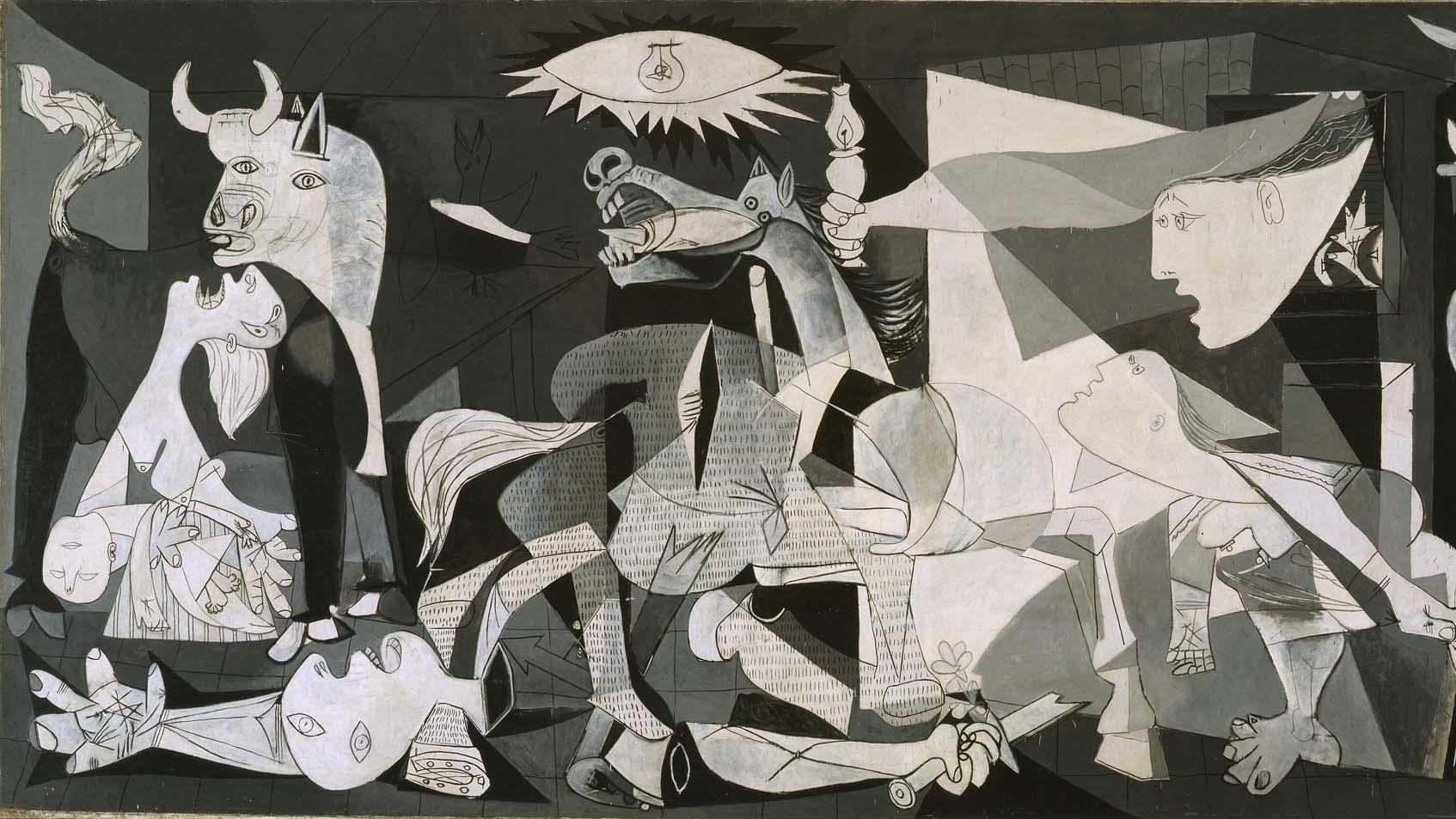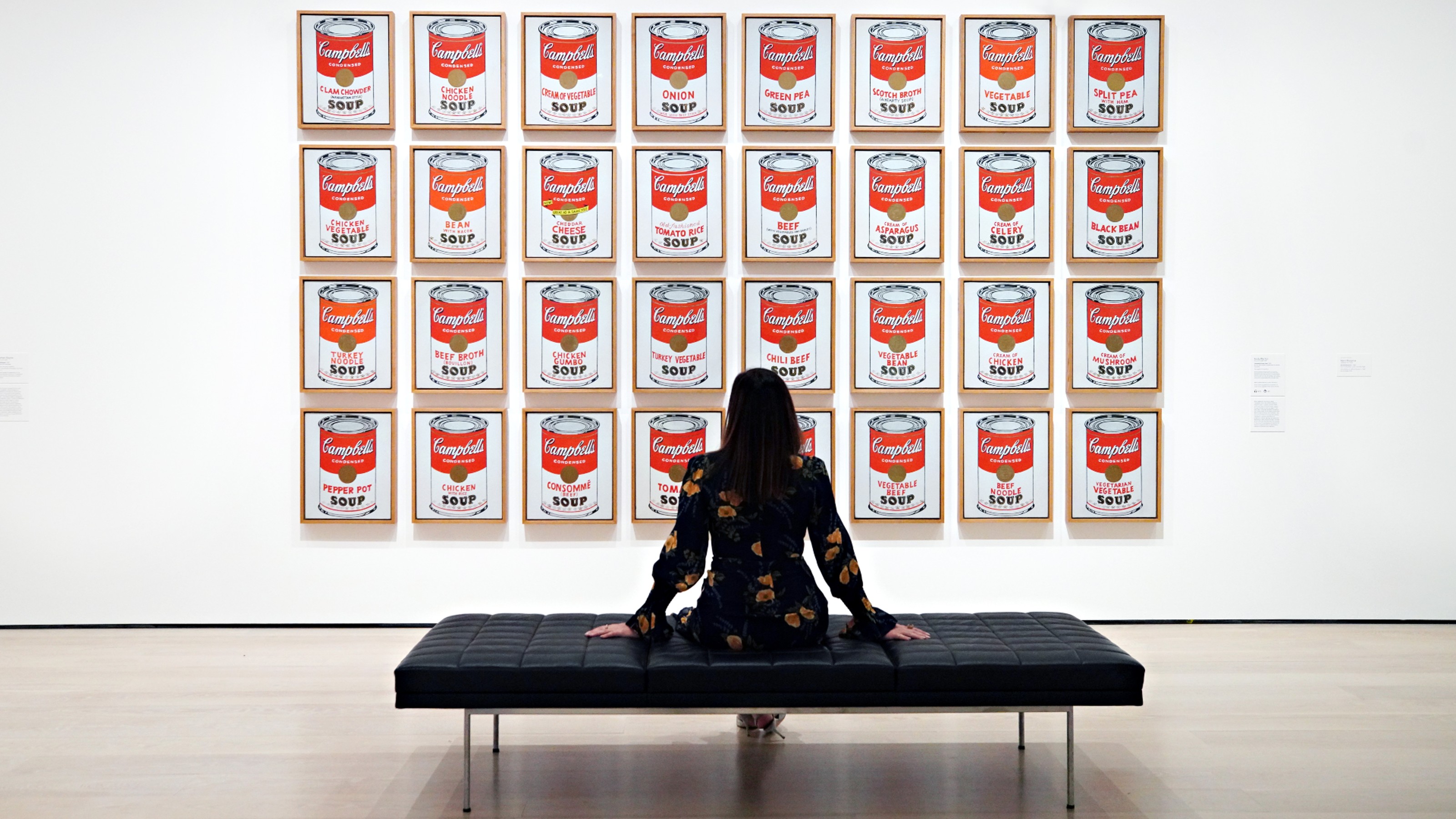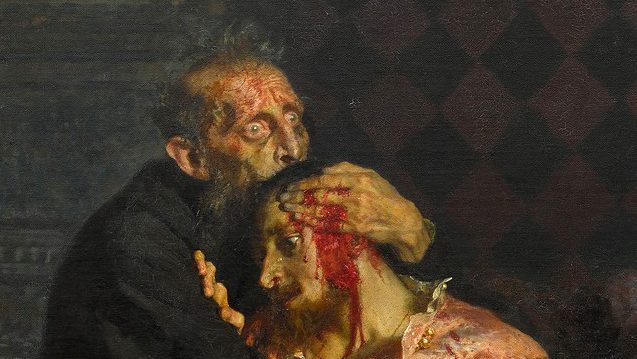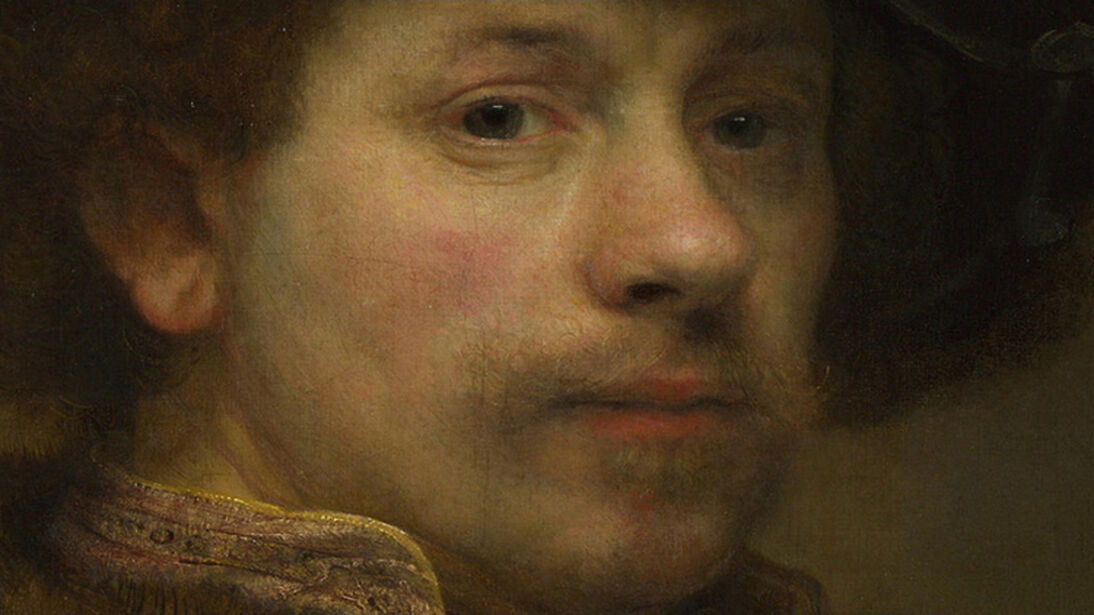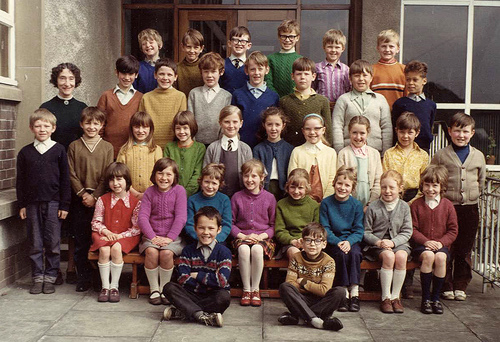Print the Legend: “Painting History: Delaroche and Lady Jane Grey” at the NGA, London
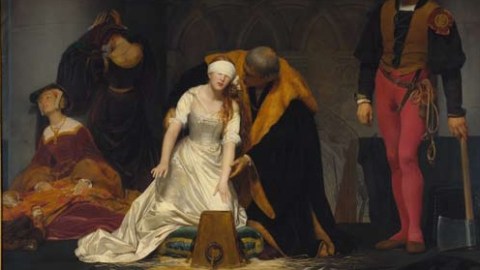
In the classic Western film The Man Who Shot Liberty Valance, James Stewart’s character confesses that he wasn’t a hero, only to hear the newspaper man he’s confessed to respond, “This is the west, sir. When the legend becomes fact, print the legend.” When Lady Jane Grey met her end on the executioner’s block in 1554 after once serving for nine days as the Queen of England, the facts of her death soon became a legend of martyrdom.
Nearly three centuries later, French artist Paul Delaroche revisited the legend in his 1833 painting The Execution of Lady Jane Grey (pictured), which became the sensation of the 1834 Salon exhibition. In Painting History: Delaroche and Lady Jane Grey, the National Gallery of Art in London reexamines that moment in history when a French artist used the legend of an English monarch to say something both about art and about French society in the nineteenth century.
The story of the painting itself is remarkable. Researchers rediscovered Delaroche’s mammoth oil, thought lost or destroyed for many years, in 1973 rolled up beneath a conservator’s table while looking for a different painting approximately the same size. Amazingly, the canvas showed little signs of wear. Over the years, The Execution of Lady Jane Grey has become a favorite subject of the English people, who identify with the blindfolded monarch groping for the chopping block as her disconsolate handmaids fail to match Lady Jane’s stoic grace before the unkindest cut of all. As this exhibition sets out to prove, the facts of the case may differ from the more powerful legend, which began as propaganda and lived on as pathos.
In mid-nineteenth century France, Ingres and Delacroix stood as the twin towers of art, but more like poles of neoclassicism and romanticism, respectively. Ingres hoped to carry on the mantle of Poussin and David as the reigning king of the Paris Salon. 1834 seemed to be Ingres’ year, at last. Ingres’ The Martyrdom of Saint Symphorian seemed unbeatable. Enter Delaroche and The Execution of Lady Jane Grey. These dueling martyrs hung directly across from one another in the gallery. Amazingly, Delaroche’s David-esque monumental canvas with its clear emotional appeal and (somewhat) subtle political message drew the larger crowds and rested the Davidian crown from Ingres, at least for the moment. Still reeling from the aftershocks of the French Revolution, the French people immediately noticed the parallel between Jane’s chopping block and their nobility’s journey to the guillotine. In 1851, Delaroche abandoned all pretext and painted a memorial to France’s executed queen in Marie-Antoinette Before the Tribunal. The Execution of Lady Jane Grey soon inspired works on the stage and other outpourings of emotion in France, which groped for a way to process its recent past and latched on to the opportunity of an English parallel thanks to Delaroche.
Painting History examines the uses of propaganda and martyrology in Delaroche and contemporary works. Delaroche’s painting makes use of the near-religious fervor that the Romantic abandonment of organized religion had stoked in creating a faith void. As a study of the uses (and misuses) of history, Painting History forces us to question the nature of history painting as well as our own uses of history to personal ends.
Pushing politics aside for a moment, Painting History also makes us question how an artist such as Delaroche, who in his lifetime garnered more acclaim than either Ingres or Delacroix, could fade into obscurity, just as his painting had literally disappeared for so many years. Ingres eventually came out on top in the race for immortality, but Delaroche’s technique and imagination seem to modern eyes worthy of some place in the pantheon. Painting History allows us to rediscover such a “minor” artist and reevaluate what the line between major and minor is, or should be.
[Image: Paul Delaroche, The Execution of Lady Jane Grey, 1833. Oil on canvas © The National Gallery, London.]
[Many thanks to the National Gallery of Art in London for providing me with the image above and other press materials for Painting History: Delaroche and Lady Jane Grey, which runs through May 23.]
